The prominent photo editor Patrick Witty was publicly accused of sexual misconduct on 29 January, in a report published on Vox.com by the journalist AJ Chavar. In his report, Chavar stated that Witty, who has worked at National Geographic, Time, Wired, and the New York Times, was investigated for sexual misconduct by National Geographic last Autumn; Chavar’s story added testimonies by women photographers, some anonymous but two named. In response, Witty has released this statement to the media, via his lawyer Stephen B. Pershing.
“I’m deeply sorry that some of my past behavior has been hurtful to women.
“I was raised by six powerful women – five older sisters and my mother, now 86 – who taught me to respect women and to fight for women. I’ve advocated and championed women’s advancement as photographers and editors my entire career.
“With firm conviction, I deny that I’ve ever engaged in any behavior that amounts to sexual aggression. I also strongly deny ever insinuating that I would give someone professional help – or withhold it – on condition of sexual favors or romantic interest. I’ve never been accused of wrongdoing of any kind in the workplace, so I was shocked and dismayed when I first learned of the accusations against me.
Tag: Time
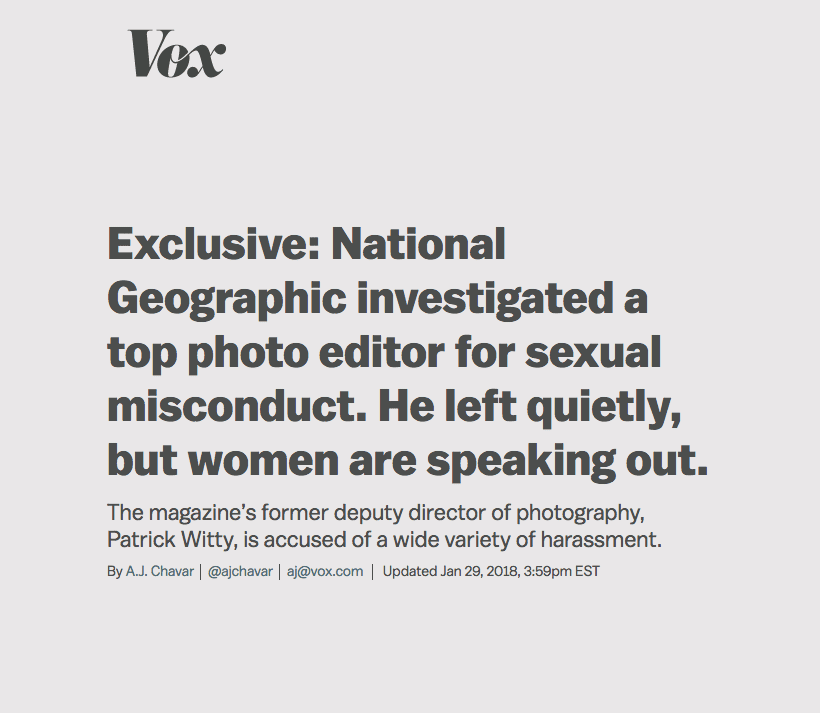
He’s a huge name in the industry, having worked at National Geographic, Time, Wired, and the New York Times (where he was part of a Pulitzer-winning team). But yesterday Patrick Witty was the subject of a long story published on Vox.com, which alleged he was investigated by National Geographic for sexual misconduct last Autumn. The story went on to add that more than 20 people had come forward to Vox.com to report experiencing, witnessing, or hearing corroboratory reports of his inappropriate behaviour.
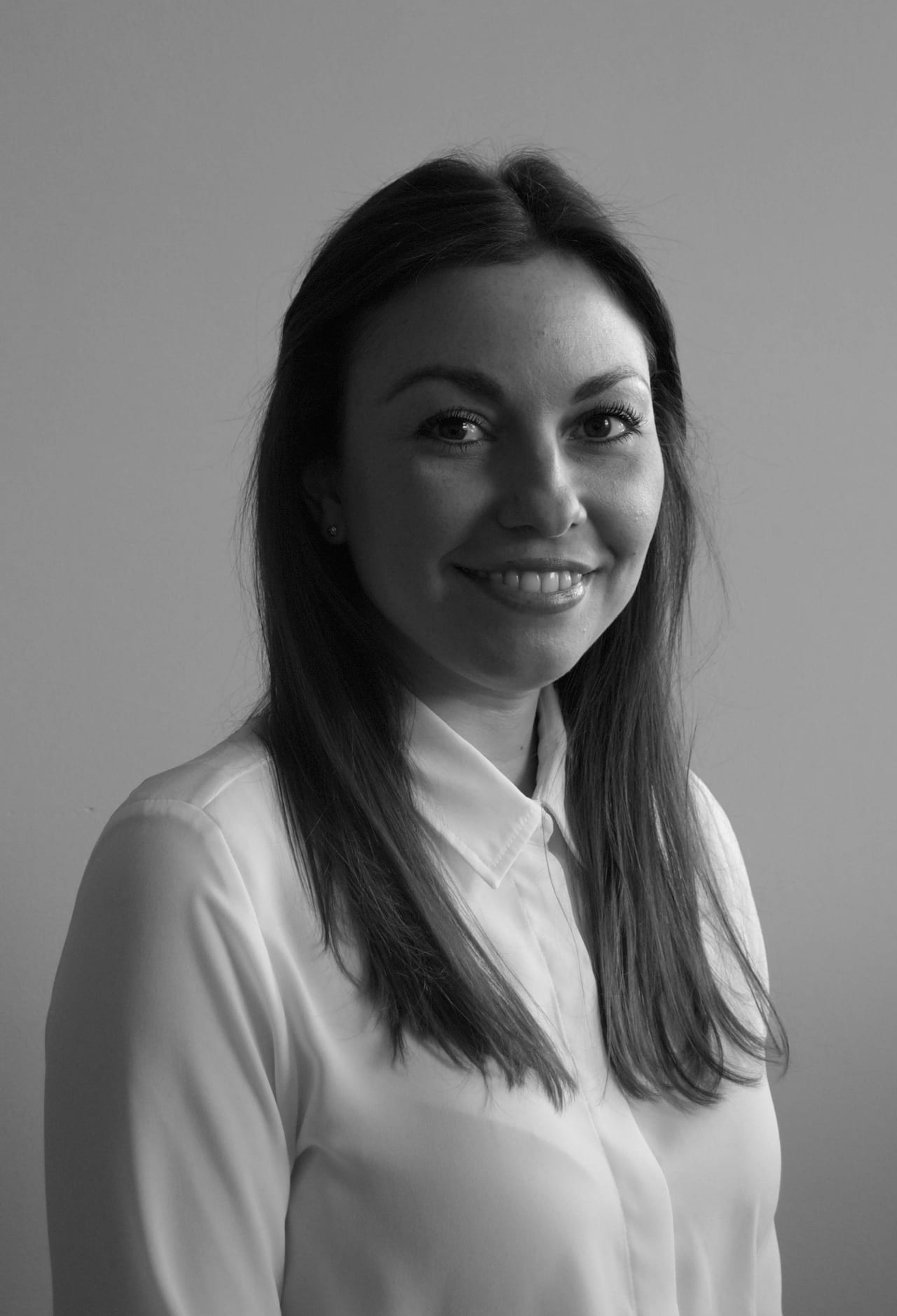
“I’m thrilled to be given the opportunity to lead an organisation I have admired for so many years,” says Shoair Mavlian of her new role, director of Photoworks. “I look forward to working with the team, developing partnerships and supporting artists at local, national and international levels to connect new audiences with photography.”
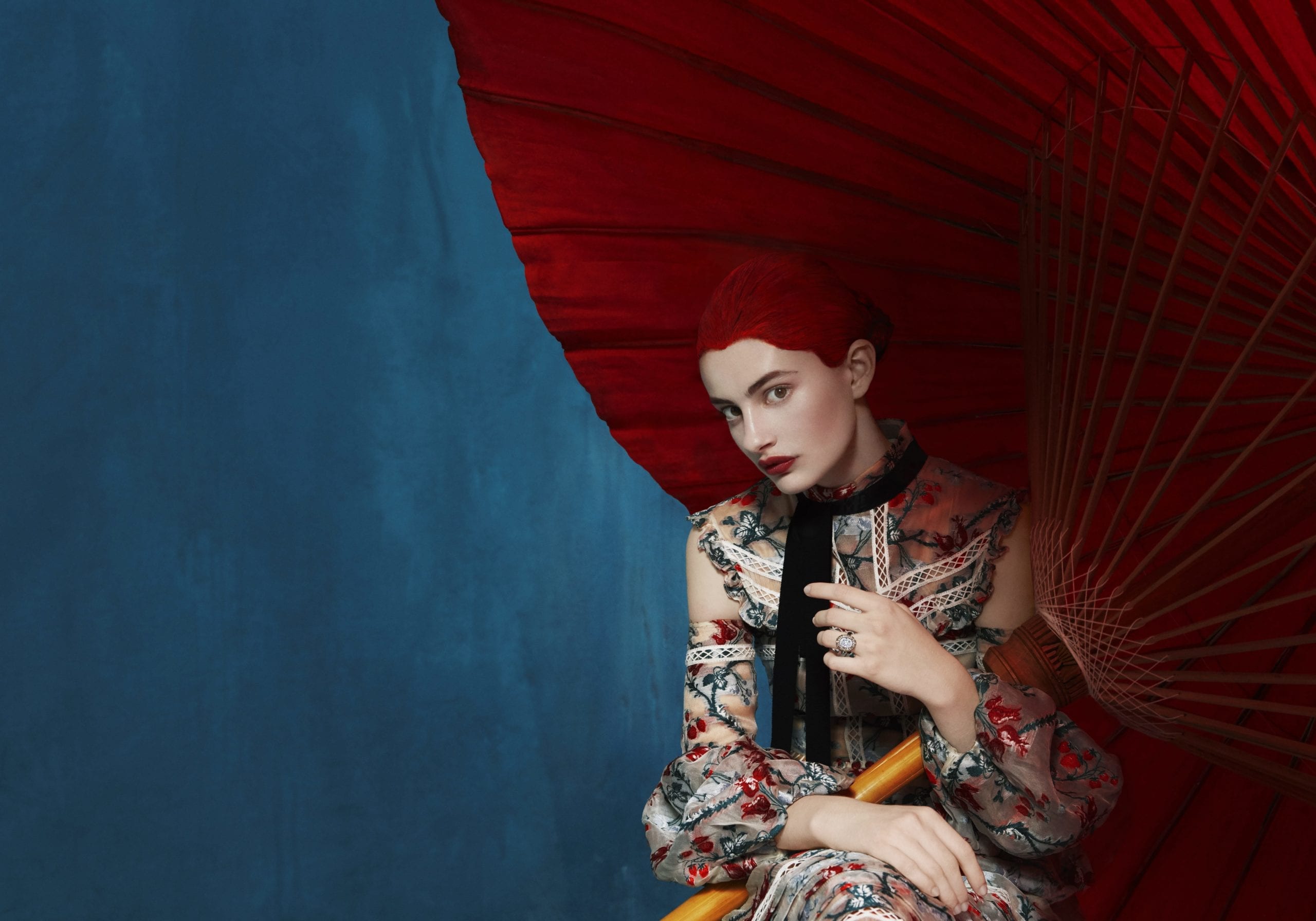
“I always wanted to be a painter; I suppose most photographers secretly do,” says Erik Madigan Heck. “My mother was a painter. We painted together when I was a child, and she took me to the museum almost every week to look at paintings.” He’s gone on to develop a rich, painterly style of photography, which has brought him commissions from clients such as The New York Times Magazine, Vanity Fair, TIME, The New Yorker, and Harper’s Bazaar UK – and, most recently, with Sotheby’s Diamonds
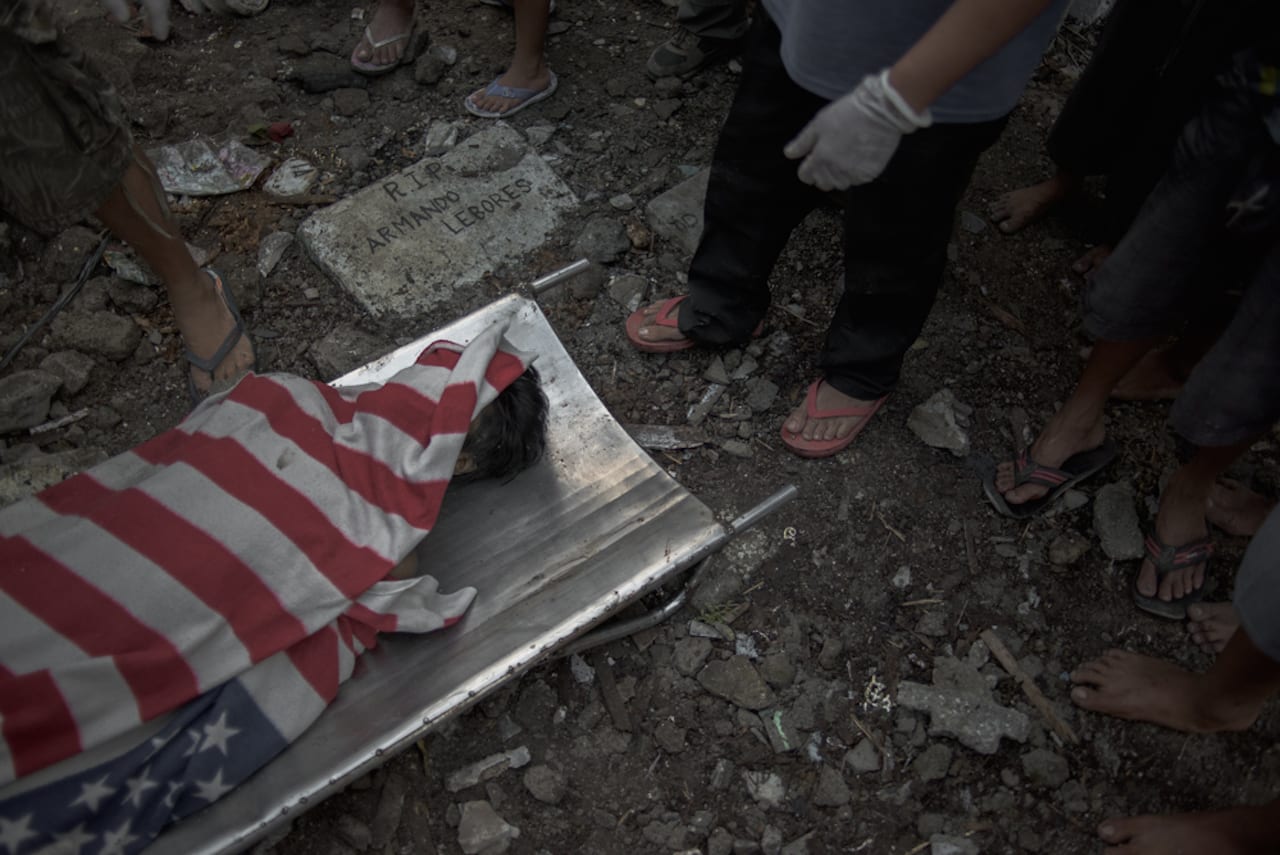
Filipino President Rodrigo Duterte’s administration has waged one of the most vicious counter-narcotics campaigns in the world, with even police estimates putting the number of people killed by law-enforcement officers and vigilantes in the past 12 months at more than 6000. Manila-based photographer Carlo Gabuco has been out on the streets since Duterte came to power, recording the fall-out from the violence
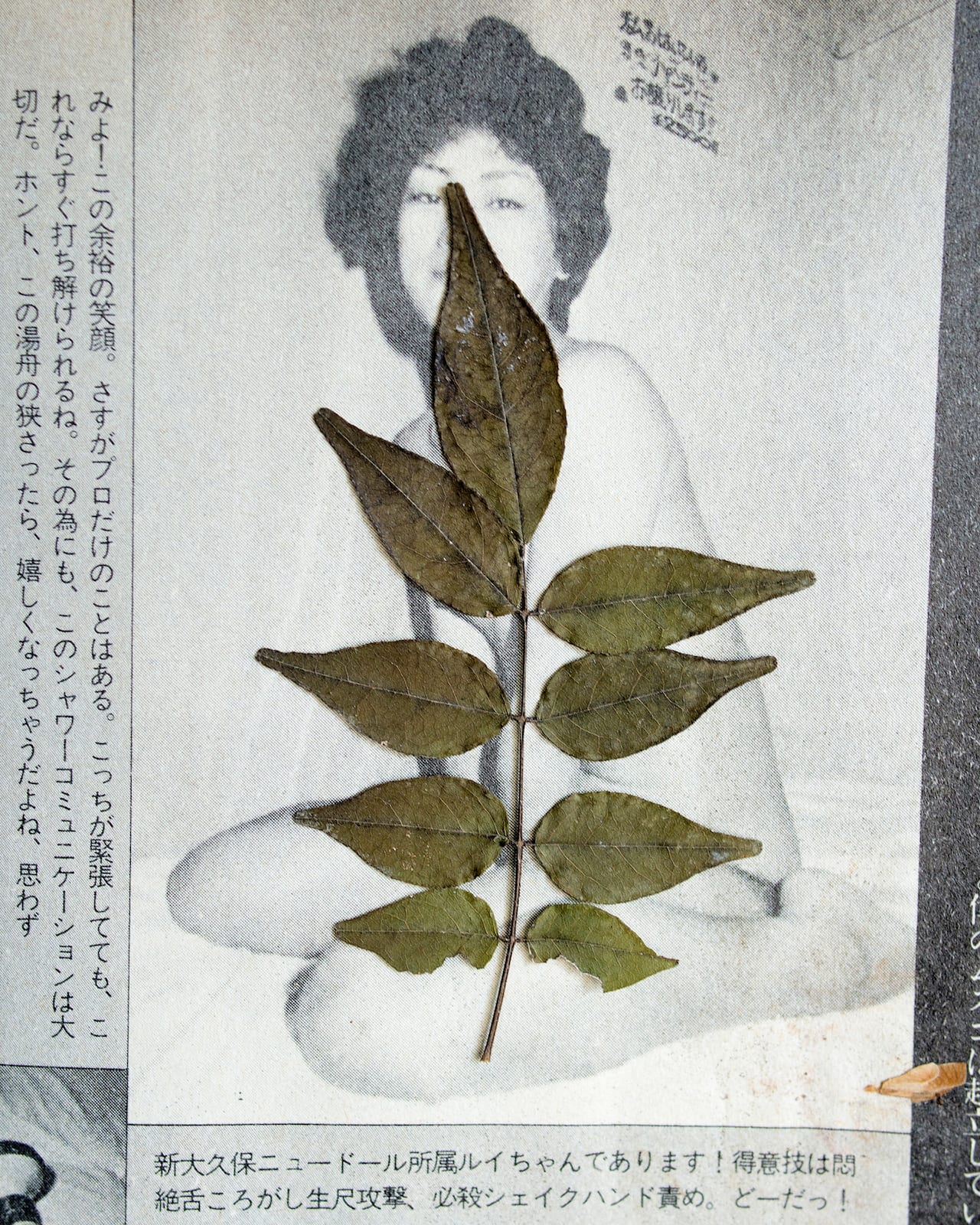
“My photography is me, my doubts and my hopes,” says Spanish photographer Albert Bonsfills, who has shot major projects in China and Japan. “My camera is a mirror, a tool to help me understand myself as well as a way of showing other people’s lives, even people I have nothing in common with at first – people born 10,000 miles away from me.”
